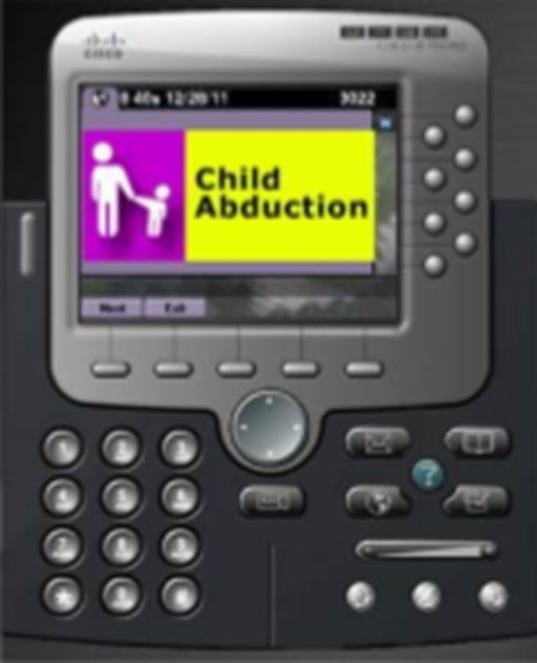System requirements
System requirement | Description |
|---|---|
AtHoc NDS v2.8.5.2 | If necessary, upgrade NDS before proceeding. |
Windows 2008, 2008 R2, and 2012 | Supported Windows servers. A number of Windows roles and features are required. These are automatically configured by the Blast System utility. |
.NET Framework 4.5.1 | Windows 2008 and 2008 R2: If .NET 4.5.1 is not already installed, the Blast System utility attempts to install it.Windows 2012: This server comes with .NET 4.5 installed. If you have not upgraded to .NET 4.5.1, the Blast System attempts to install it.If an Internet connection is not available, the utility aborts the Blast System installation. You must then manually install .NET 4.5.1. Download Microsoft .NET 4.5.1 full installer. |
Server | 106.6 MB free space for installation, 8 GB memory, and 2 CPU cores. Single multicast IP address to endpoints for the text-to-speech functionality. This IP address is provided by your IT department. |
Microsoft VS++2010SP1x86 Redistributable | Required and automatically installed by the install utility if internet access is available. If an internet connection is not available, the utility aborts the Blast System installation. You must then manually install Microsoft VS. Download. <VC++2010SP1x86_Redistributable> |
CUCM 7 or greater | CUCM 8 or later is required for security features. |
Default Ports | Cisco phone registration and communication with SA Revolution occurs on port 8008. Cisco phone communication port 80. Ports are configurable. |
Default Protocols | RTP and HTTP |
Voice Streaming | RTP through via multicast over UDP |
IP Phone Blast is used for displaying alert messages on a Cisco IP phone's display panel by using the phone's internal HTTP server. These messages include optional images, response options, streamed audio, and designated ringtones. Refer to the Cisco IP Phone documentation for instructions on how to install custom ringtones on a Cisco IP phone. |  |
IP Phone Blast allows users to send an audio-visual notification to Cisco IP phones by leveraging installed ringtones as well as audio multi-cast streaming. If an alert containing a visual component is sent, the visual component appears first when the alert is received, as shown in the example on the right. |  |
After the recipient presses the Next option or if no visual component is included in the alert, the alert title and alert body text appear on the phone. |  |
If the alert requires a response, the recipient can press the Response option on the screen to view a list of response options. After selecting a response option from the list, the screen displays a "Response sent" confirmation message. |  |